Inside The New York Botanical Garden
The New York Botanical Garden
Posted in Bill Buck, From the Field, Science on January 21 2011, by William R. Buck
Ed. note: NYBG scientist and Mary Flagler Cary Curator of Botany, Bill Buck is currently on expedition to the islands off Cape Horn, the southernmost point in South America, to study mosses and lichens. Follow his journeys on Plant Talk.
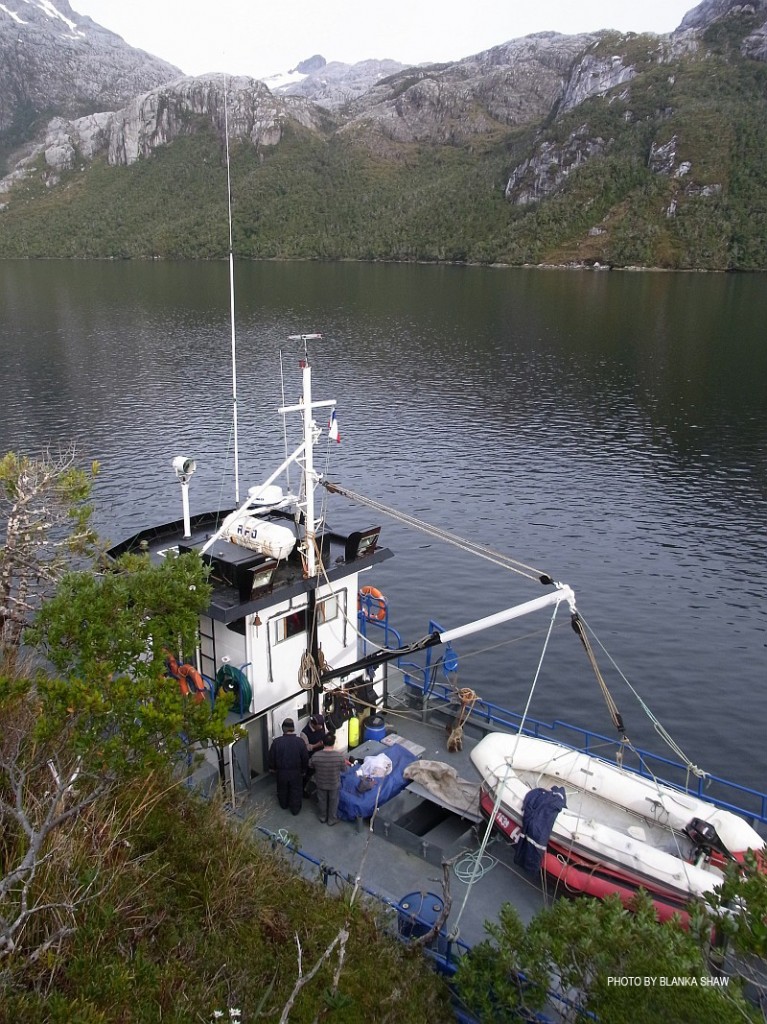 January 20, 2011, Isla Grande de la Tierra del Fuego, Seno Bluff, Chile, 54° 26’S, 71° 18’W
January 20, 2011, Isla Grande de la Tierra del Fuego, Seno Bluff, Chile, 54° 26’S, 71° 18’W
After what seemed like an eternity of waiting (but was actually only five days), we were finally ready to leave.
We transported all our gear to the port and loaded it aboard our ship, the Don Jose Pelegrin, a commercial crabbing ship. The austral summer is when crabs breed, so crab fishermen are not able to fish, and we are able to rent this ship. In winter the ship works the sub-Antarctic seas catching the Southern Hemisphere equivalent of the Alaskan king crab (think World’s Deadliest Catch).
By any standard, this is a small ship (but obviously seaworthy). It is about 55 feet long by 17 feet wide; there is a small galley and from there you can access the bridge above or the bunkroom below by ladders. The bunk room is decidedly claustrophobic since I am unable (at 6 feet) to stand up in it. The 10 bunks are arranged in the shape of a capital E (my bunk is the lower one on the lower half of the upright of the E). It is something of a contortionist act to get in and out of the bunk, and once in the bunk there is well less than a foot from your body to the bunk above. Fortunately I am not inclined to claustrophobia since my attitude is that once I close my eyes, it doesn’t matter if it is 10 feet or 1 inch from me. At my request the hold that keeps the crabs has been fitted as a moss drying room. There is a small bathroom with a toilet and sink (no bathing facilities!) but today the toilet broke and so we need to go ashore in the woods for our bodily functions.
Bill and his colleagues finally set sail! Follow their adventures below.
Posted in Photography on January 21 2011, by Plant Talk
In the Conservatory.
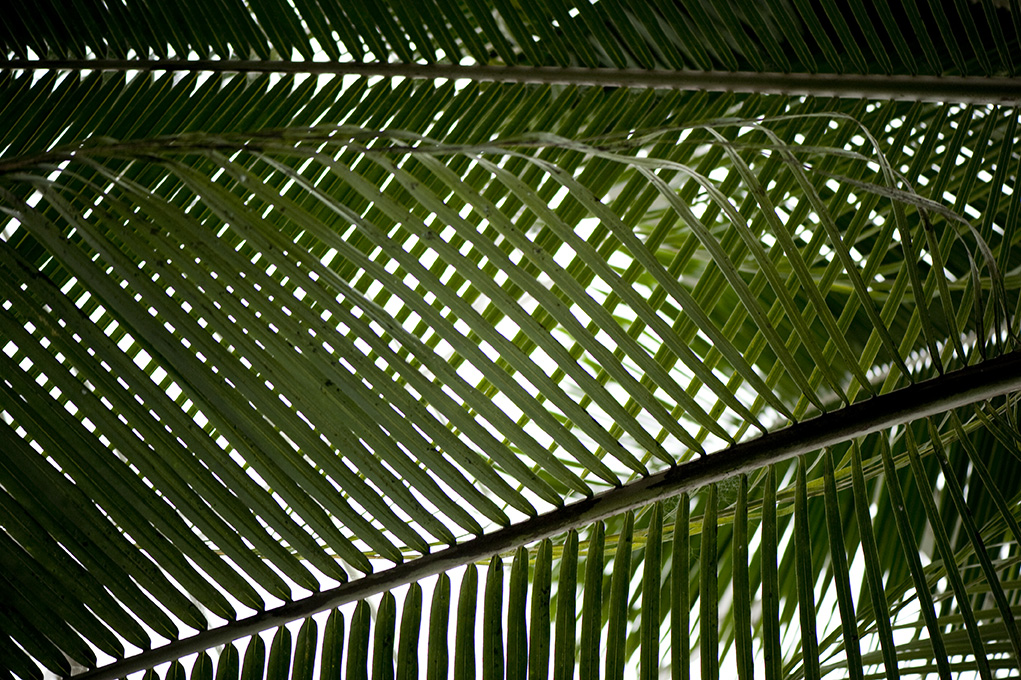
Palm fronds (photo by Ivo M. Vermeulen)
Posted in Photography on January 20 2011, by Plant Talk
In the Conservatory.
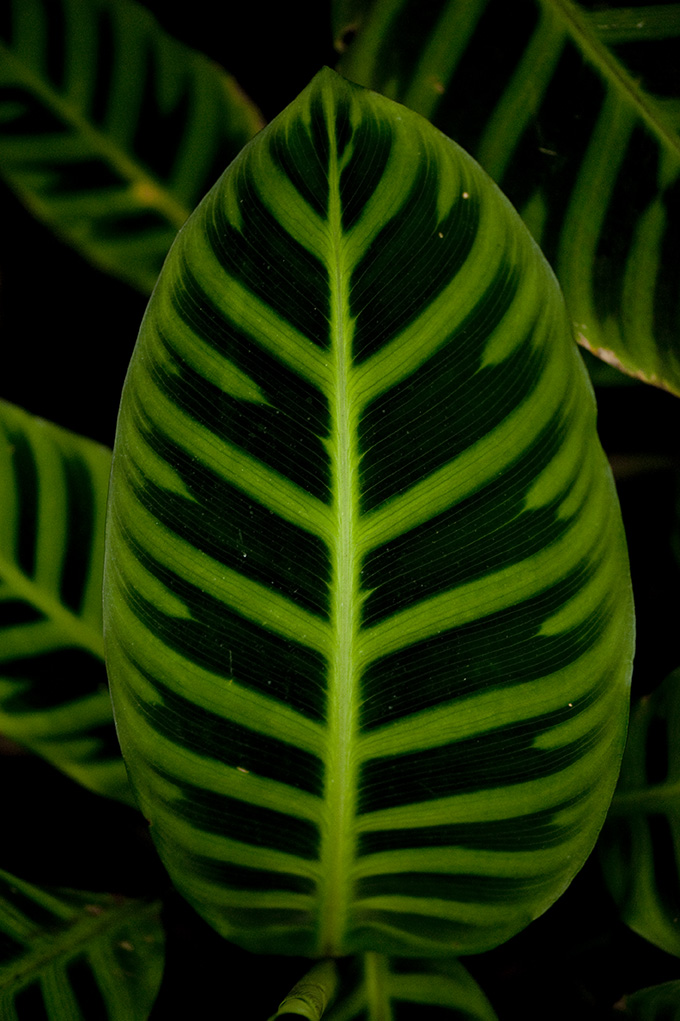
Calathea zebrina ‘Humilior’ (Photo by Ivo M. Vermeulen)
Posted in Photography on January 19 2011, by Plant Talk
It’s not just flowers and foliage inside the Conservatory. We’ve got fruit too!
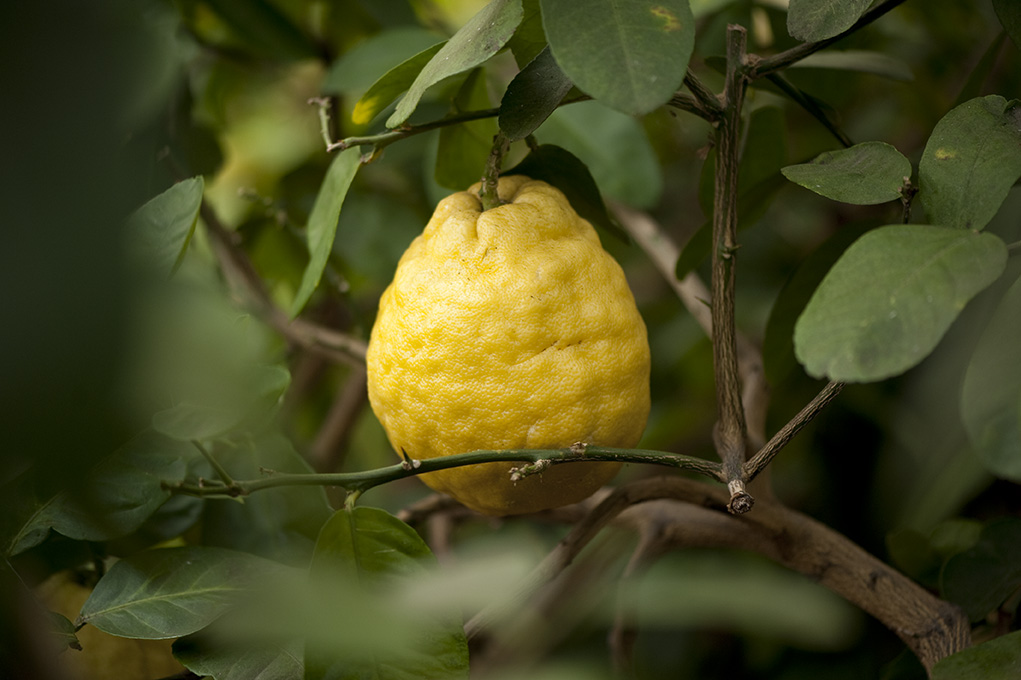
Citrus limon ‘Ponderosa’ (photo by Ivo M. Vermeulen)
Posted in Bill Buck, From the Field, Science on January 18 2011, by William R. Buck
Ed. note: NYBG scientist and Mary Flagler Cary Curator of Botany, Bill Buck is currently on expedition to the islands off Cape Horn, the southernmost point in South America, to study mosses and lichens. Follow his journeys on Plant Talk.
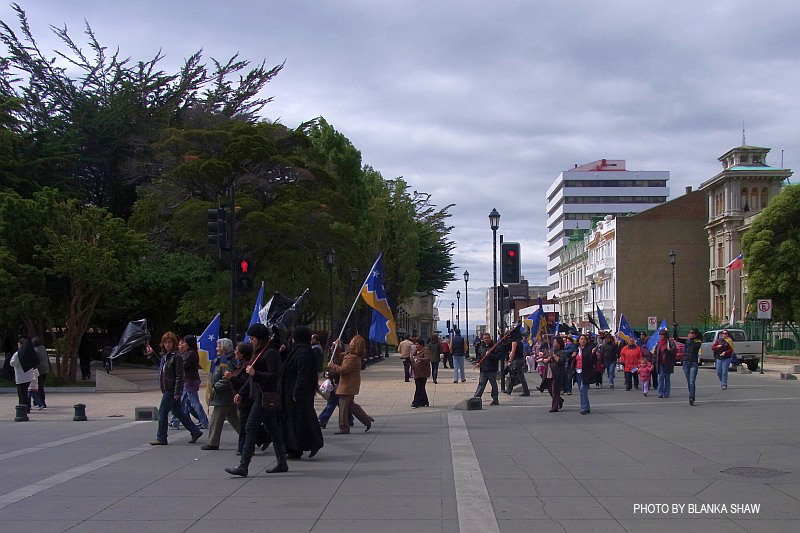 January 18, 2011, Punta Arenas, Chile
January 18, 2011, Punta Arenas, Chile
Say hallelujah! On Sunday evening the barricades were lifted temporarily and I was able to get my luggage. Ah, the joys of clean clothes! The barricades were opened at about 7 p.m. and thousands of people flocked to the airport. However, the road to the airport was only to be open until 9:30 p.m., and the road from the airport (it is a divided highway) only until 11 p.m. So, Juan and Ernesto took advantage of the window and went to the airport to get not only my luggage but also their own. They were able to get my luggage and Ernesto’s, but Juan’s was locked in the DAP Airline office and no one was there from that airline. Fortunately, Juan only had collecting equipment there, and not his clothes. So, we are able to collectively provide him with what he needs.
On Monday, the protests continued, only growing larger. However, most stores opened, so we took advantage of it and did what little shopping we needed to do. The most interesting experience was when we went to a department store to buy pillows for our bunks on the ship. I had decided bringing a pillow was too bulky and easier just to buy here. We went to the bedding department and were told they were out of pillows. However, all the beds on the floor were made and had pillows on them. I pulled a pillow out of the pillow case and said that this was just fine with me. The sales person shrugged and led me to the cash register. Both Jim and Blanka followed suit and they bagged up our pillows. When I asked how much they were, he said they were free, a “souvenir” for us! So, they were out of pillows to sell, but what pillows they did have were free. Can you see that happening at Macy’s?!
Will the protests end? Will Bill and his crew ever be able to set sail? Found out below!
Posted in Photography on January 18 2011, by Plant Talk
This flame vine sure is beautiful, but is known for being quite aggressive. Grow with care.
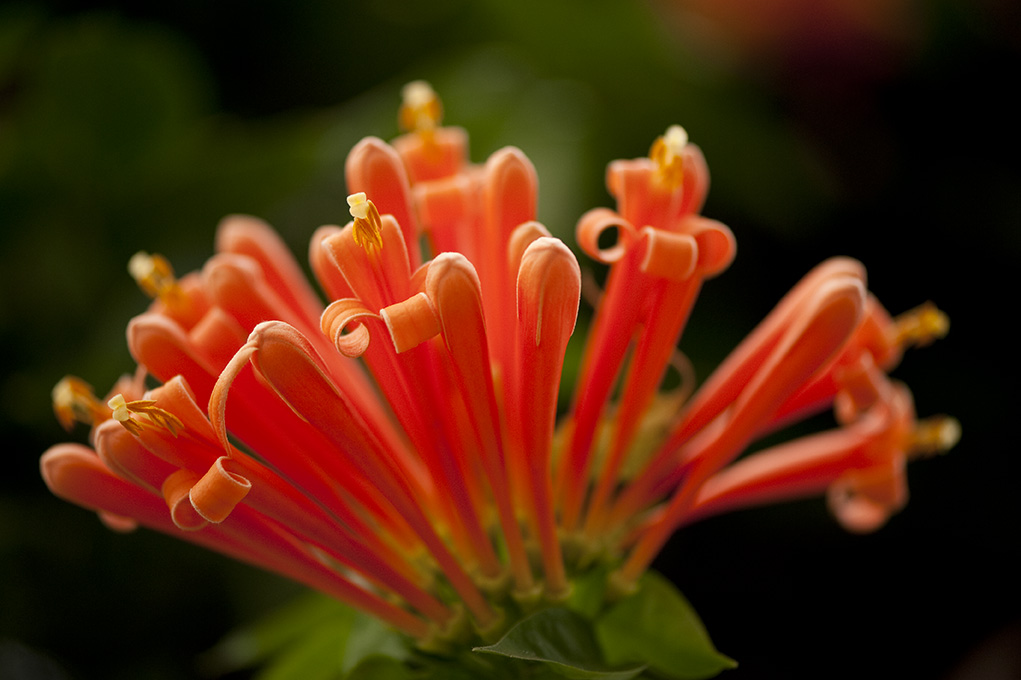
Pyrostegia venusta Flame Vine (photo by Ivo M. Vermeulen)
Posted in Photography on January 17 2011, by Plant Talk
Even the flowers on this jade plant look as if they might be carved in the beautiful stone.
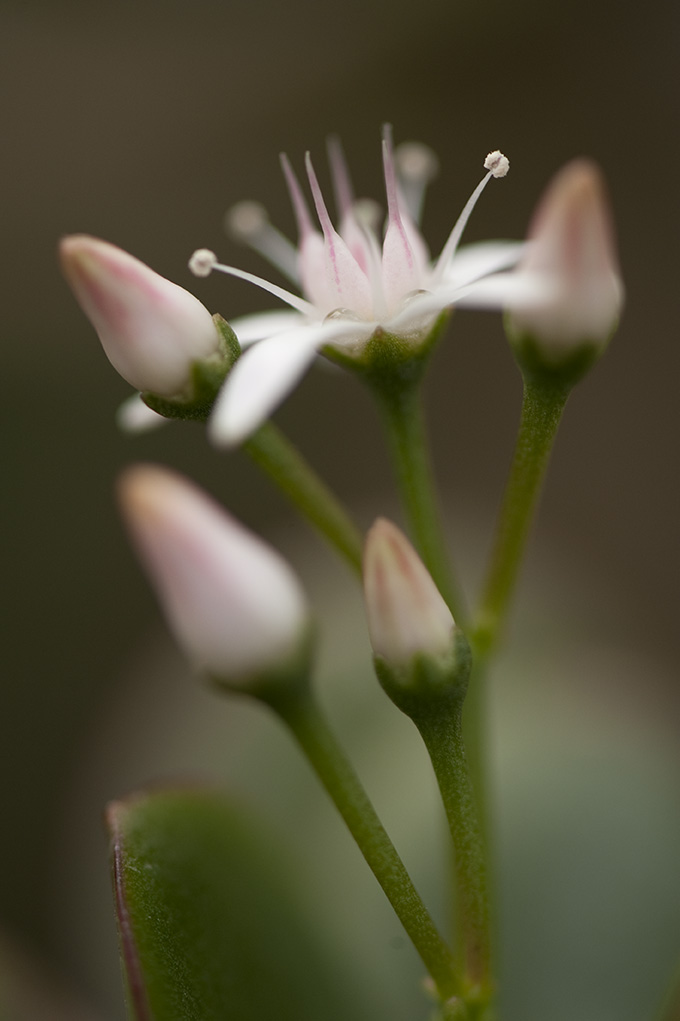
Crassula ovata Jade Plant (photo by Ivo M. Vermeulen)
Posted in Bill Buck, From the Field, Science on January 16 2011, by William R. Buck
Ed. note: NYBG scientist and Mary Flagler Cary Curator of Botany, Bill Buck is currently on expedition to the islands off Cape Horn, the southernmost point in South America, to study mosses and lichens. Follow his journeys on Plant Talk.
January 16, 2011, Punta Arenas, Chile
We were originally scheduled to set sail and head out to sea tomorrow, but I’m hoping we’ll oly be delayed by a day. Two more of our group arrived last night, Blanka Shaw from Duke University and Jim Shevock from the California Academy of Sciences. All day there had been conflicting stories in the news about whether or not the protesters (who are protesting against the government for raising fuel prices) would allow a bus to take airline passengers from the airport to the barricade nearest the city. Because of the uncertainty, Juan Larraín, a graduate student at the Universidad de Concepción (in Concepción, Chile, just south of Santiago, where the earthquake was the worst last year) and our main Chilean collaborator on the project, borrowed a bicycle from a friend and went out to meet the flight. There was a bus, but initially they would not allow Blanka on it because she was too young. Fortunately, Juan was able to get her on the bus, along with Jim, and all their luggage. We had then arranged for a local student who will be on our trip, Ernesto Davis, to be waiting with a car on the other side of the barricade. About 9:30pm they arrived at the hotel, and Juan arrived about a half an hour later by bicycle. Neither Blanka nor Jim have ever been to South America and were excited to be here. At the barricade, as they walked through with their luggage, they even stopped to collect their first moss in Chile!
Needless to say, Blanka and Jim wanted to see the town today, and so Juan and I acted as tour guides, despite the fact that we both still have blistered feet from our walk from the airport a couple of days ago. While walking around the city, we came across a demonstration march around the central square, with its statue of Ferdinand Magellan. What was so interesting is that the protesters were not just young people, as one often sees at demonstrations. Rather, whole families, from grandparents to young children, were marching with flags and banners. It was very exciting to see such multigenerational activism.
We have an unconfirmed report that tomorrow there will be a flight from Puerto Williams. A group of 30-40 biologists are trapped there because of cancelled flights. They had been there for an inauguration ceremony for a new biological station. I had initially been invited but because of limited flights to Puerto Williams (and then mostly 18-seater prop planes) and limited accommodations (one hotel and a few bed-and-breakfasts) I bowed out. However, a few friends, including Bernard Goffinet from the University of Connecticut, as well as a group of students, four of whom are scheduled to join our expedition, are now trapped there awaiting a flight out. Tomorrow we’ll see if they get off of Isla Navarino. Assuming they do, and assuming I can finally get my luggage (still at the Punta Arenas airport), we’ll depart on Tuesday, January 18, just a day late.
Just moments ago a new rumor surfaced. We heard that until midnight the road to the airport would be open, but after midnight it would be shut tight, not even allowing pedestrians to walk there. I’m sure it’s to pressure the main airline, LAN Chile, to stop flying people to the city because they would just be trapped in the airport, plus their employees couldn’t get to work. On the chance this is true, Juan and Ernesto have gone to the airport to try and get our luggage. I hope it works because I’d really like some clean clothes. Of course that would mean the Puerto Williams group are still stuck! We have even discussed renting a helicopter (around $2,000 per hour) to retrieve the luggage.
Stay tuned for future developments ….
Posted in Photography on January 16 2011, by Plant Talk
A camellia worthy of the French master.
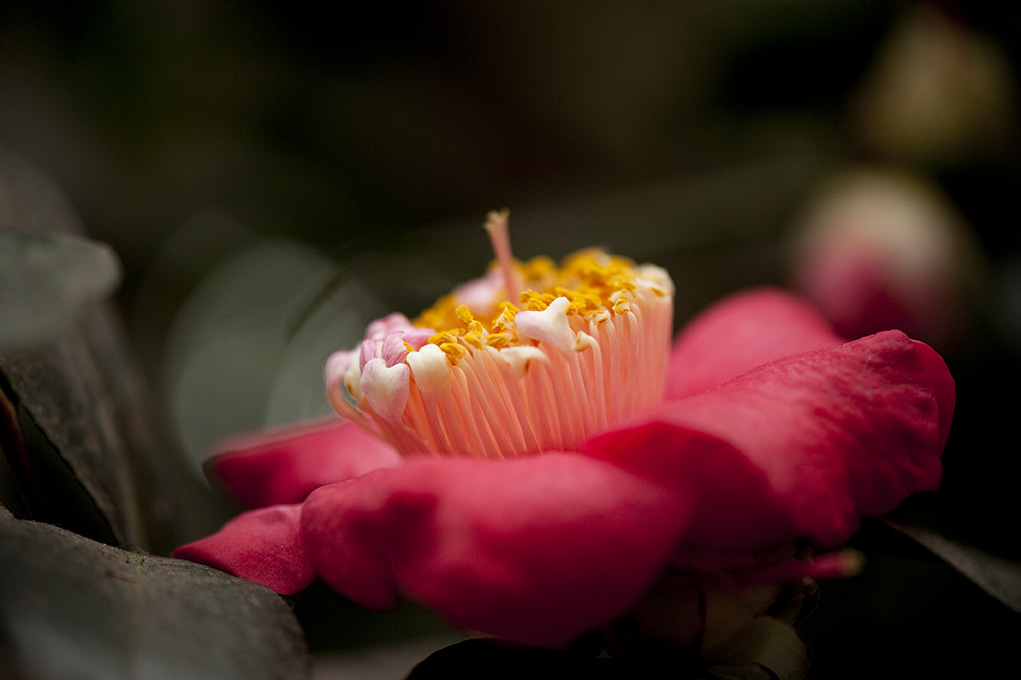
Camellia japonica ‘Imbricata Rubra’ (photo by Ivo M. Vermeulen)
Posted in Photography on January 15 2011, by Plant Talk
Our newest exhibition opens today, complete with a photography contest! Here’s a snapshot to get you in the mood.
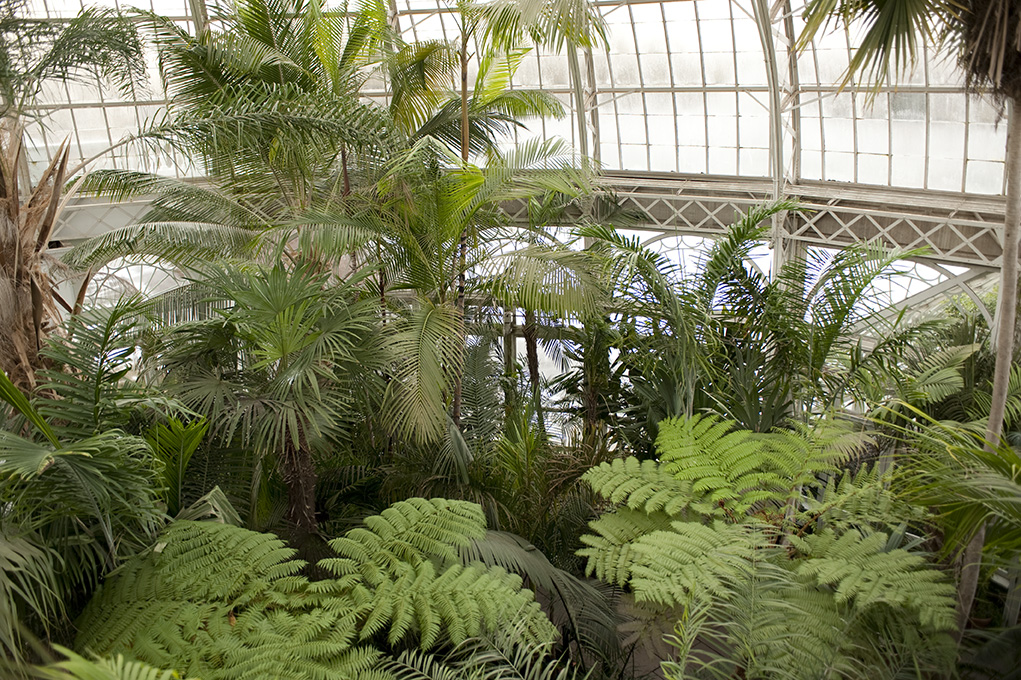
In the Conservatory: Caribbean Garden (photo by Ivo M. Vermeulen)
 January 20, 2011, Isla Grande de la Tierra del Fuego, Seno Bluff, Chile, 54° 26’S, 71° 18’W
January 20, 2011, Isla Grande de la Tierra del Fuego, Seno Bluff, Chile, 54° 26’S, 71° 18’W 







